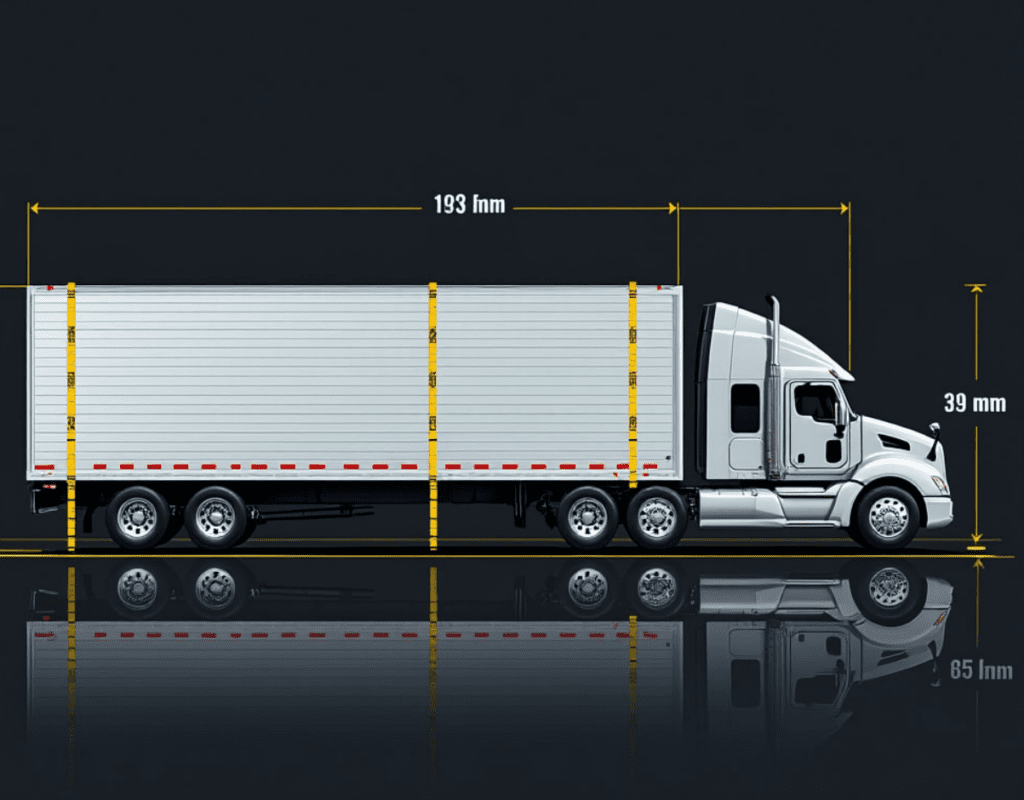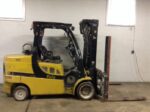
How to Measure the Dimensions of a Semi Truck
When it comes to transporting goods or understanding vehicle specifications for regulatory compliance, knowing how to properly measure a semi truck is crucial. Here’s a straightforward guide to taking those measurements:
Why Measure a Semi Truck?
Before diving into the how-to, let’s consider the why. Accurate measurements ensure compliance with road regulations, help in planning logistics, and are essential for loading, shipping, or even when considering modifications or purchasing new trucks.
Tools You’ll Need:
- A long measuring tape or a laser distance measurer
- A step ladder or drone for height measurements if available
- A notepad or digital device for recording measurements
Step-by-Step Guide to Measuring a Semi Truck:
- Length:
- Tractor Unit: Start from the front bumper to the back of the cab. If it’s a sleeper cab, include the sleeper compartment in your measurement.
- Trailer: Measure from the front of the trailer (where it connects to the fifth wheel) to the rear. For standard trailers, this is often 48 or 53 feet, but always measure to confirm.
- Total Length: Combine the length of the tractor and the trailer. Remember, some configurations might allow for variability, like extendable trailers.
- Width:
- Measure the widest point of the truck, which is typically the side mirrors on the tractor unit. Without mirrors, semi trucks are generally 8.5 feet wide due to regulations.
- Height:
- This can be tricky due to varying ground levels. Use a flat surface if possible. Measure from the ground to the highest point of the truck, usually the top of the trailer or any equipment mounted on it like refrigeration units. Standard height is around 13.5 to 14.5 feet, but always measure to be sure, especially for specialized trailers.
- Ground Clearance:
- While not always required for regulatory dimensions, knowing the ground clearance can be vital for operational considerations. Measure from the lowest point underneath the truck (excluding wheels) to the ground.
Additional Tips:
- Weight: While not a dimension, knowing the weight limits (like the maximum 80,000 pounds in the U.S. for a loaded semi truck) is crucial. This isn’t measured by tape but by scales, but it’s part of understanding a truck’s full specs.
- Check Regulations: Always cross-reference with local transportation regulations as dimensions can affect which routes a truck can legally take.
- Record Keeping: Keep detailed records of these measurements. They’re useful for fleet management, purchasing new equipment, or when modifications are considered.
- Use Technology: Modern tools like laser measurers or even apps designed for measuring can increase accuracy and ease the process.
Measuring a semi truck accurately might seem daunting, but with these steps, you’ll ensure that your truck not only fits within legal parameters but also operates efficiently within its logistical framework. Whether you’re a trucker, a fleet manager, or just curious, these measurements are key to understanding the behemoths of the road.






Leave a Reply